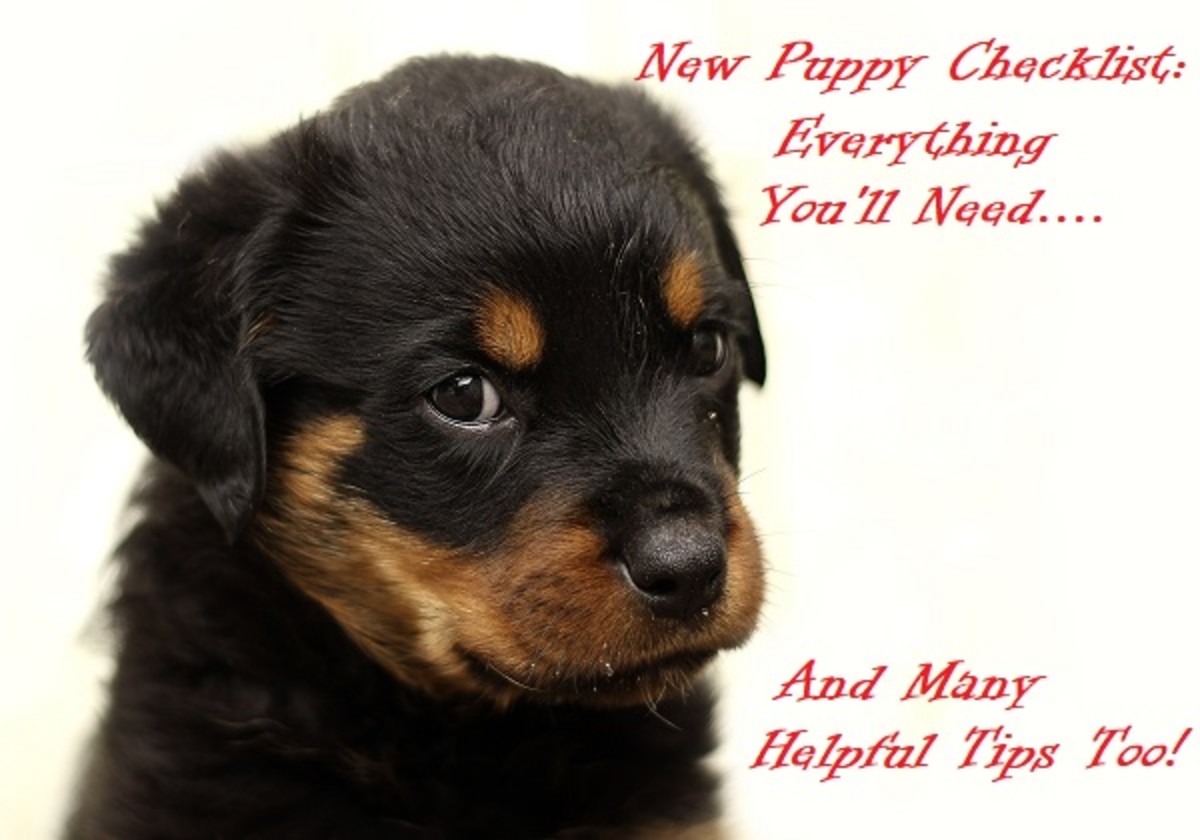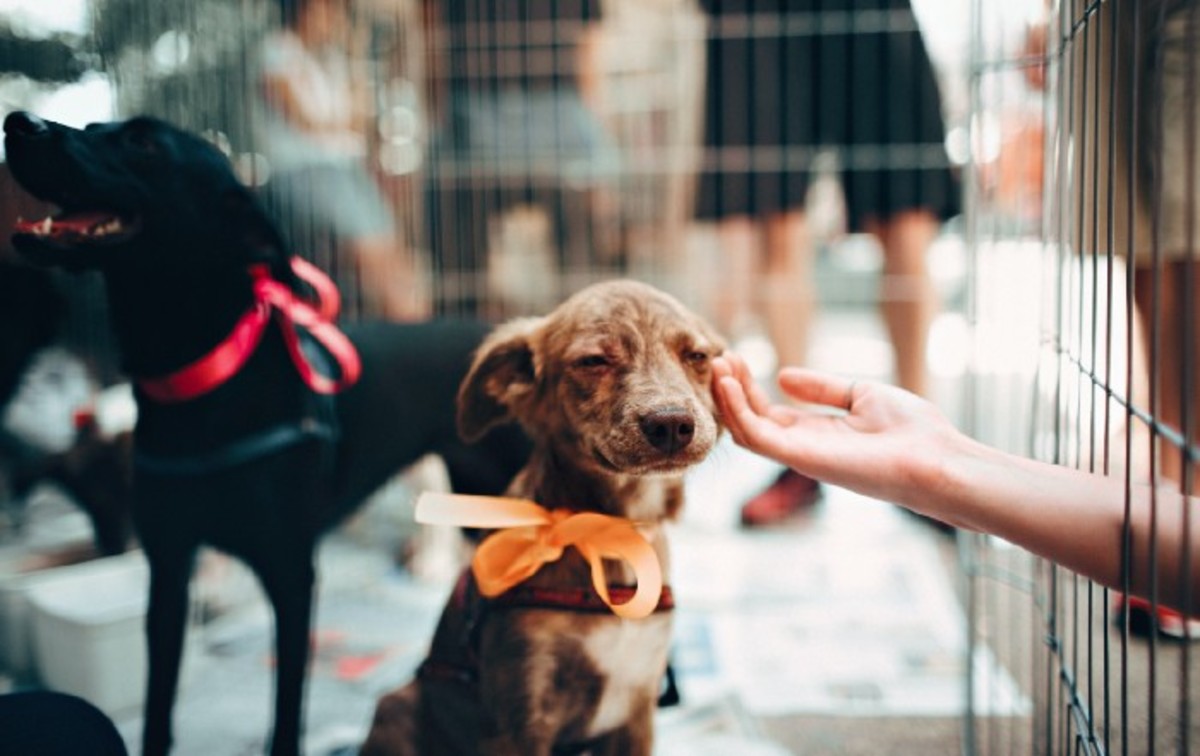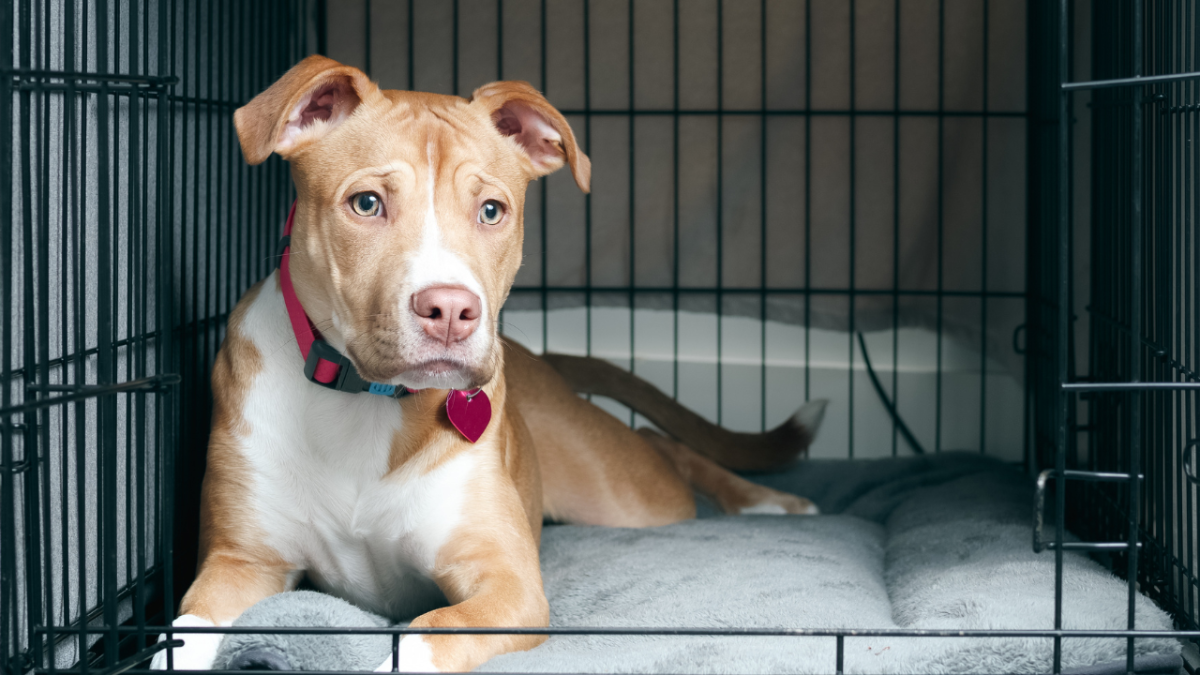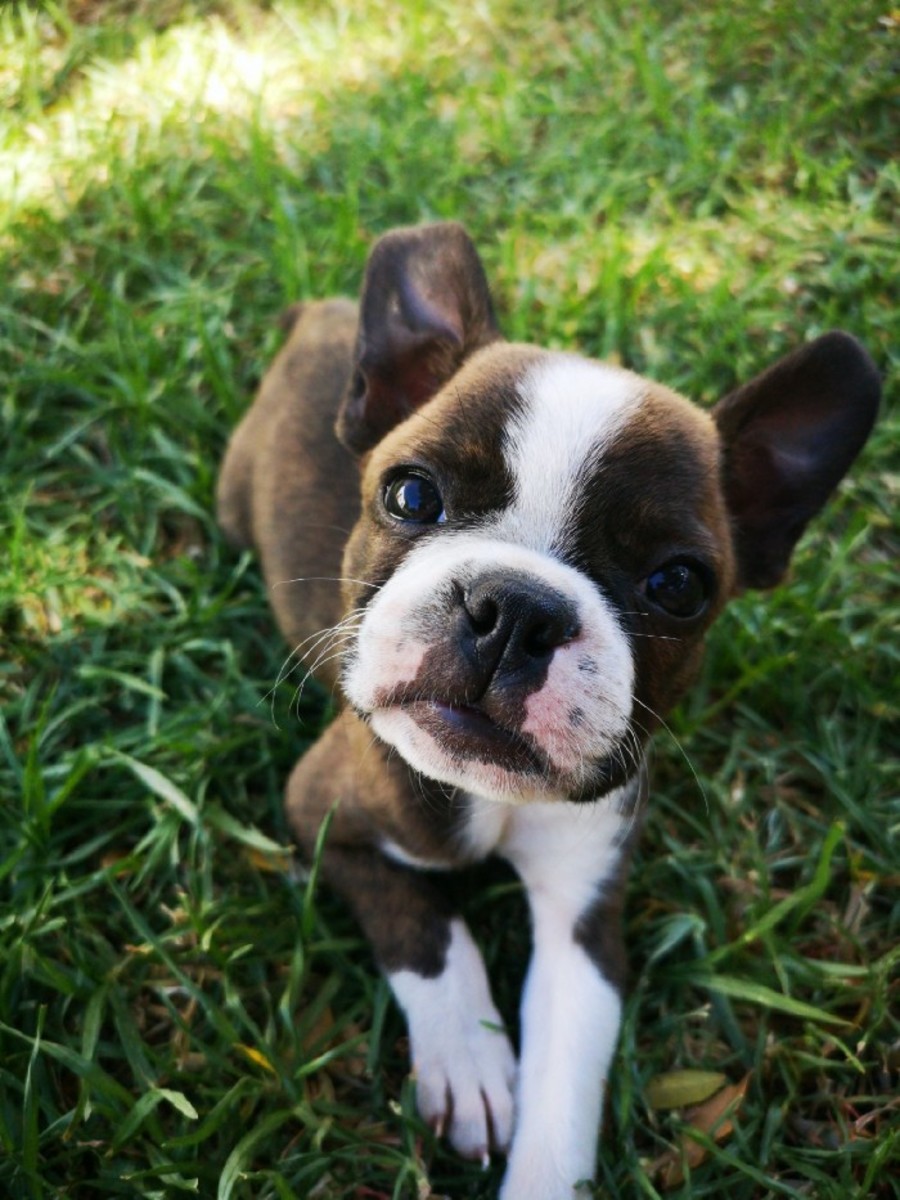Housebreaking 101
How to housetrain a puppy is one of the biggest concerns for new puppy owners. They often get frustrated with cleaning up after their puppy and feel that it’s taking far too long for their puppy to undertand that the living room isn’t a toilet.
To housetrain your puppy successfully, you first need to have realistic expectations. Puppies are babies. You wouldn’t expect a 3-month old baby to know how to use the toilet, would you? Puppies are much the same. They need to be taught how to do what you want them to do.
Second, while studies show that puppies can have bowel control at a few weeks, bladder control generally comes much later – at age 4 to 6 months. When your puppy looks up at you with those sad eyes that seem to say, “I couldn’t help it, Mom!,” he or she may be telling the truth!
The good news is that with consistency, perseverence, and sensitivity, you can housetrain your puppy. It doesn’t happen on its own, however. You have to be very engaged in teaching your pup what you want it to do.
There are several different methods to housetrain a puppy. Many people who work and have to leave their puppies home alone during the day are advised to use a method called crate training. This is a way of housetraining that capitalizes on a dog’s natural instinct not to foul its nest. Owners are advised to obtain a crate that only has enough room for the dog to stand up, lie down, and turn around, the idea being that the dog will not pee or poop where it sleeps, and thereby learns to “hold it.”
There’s one aspect of crate training that far too many owners seem to ignore – and that’s the importance of using the crate sparingly, allowing the dog to have numerous outings to relieve itself (especially puppies, whose bladders aren’t very big). Instead, all too many people think they can stick the puppy in the crate and leave it for hours and hours, and that if the puppy doesn’t pee or poop in the crate, that means that it’s being successfully housebroken. To those people, I ask how they would like to be shut in a closet for 10 hours everyday with no opportunity to go to the bathroom. You might be able to do it, but it wouldn’t be comfortable. When used like this, crate training becomes cruel and inhumane. If you choose to use crate training, be sure that you follow ALL of the instructions for doing so – not just the ones that fit your agenda. Never leave your dog or puppy in a crate for longer than four hours! Again, think how YOU would feel if you were confined to a very small area for hours on end.
But what if you work and can’t come home during the day to turn your puppy out? You could hire a pet walker to come to your home and take your dog out at least once during the day, or perhaps you can ask a relative to come around to your house and turn it out during the day. I’ve known many pet owners who work, but take their puppies and dogs to the home of a relative or friend who will be home all day and be able to entertain the dogs and take them outdoors to relieve themselves as needed.
If you can’t do this, the next best thing would be to obtain an exercise pen (also called an ex-pen). These are portable wire pens that you can set up in your house (preferably next to a window or door where the pup can see outside). They come in different sizes. For a small dog, one that is 4’ X 4’ should be adequate.
At one end of the ex-pen, place the dog’s crate or bed, food and water (preferably a water bottle attached to the side of the pen so the pup won’t knock it over and be without water at any time during the day. At the other end of the pen, put down pee pads, either ones that are specially treated to attract a dog to pee or poop there, or one with a bit of the pup’s own urine on it. Some puppies like to shred these pee pads, so you might also want to get a special holder for them that clamps down the edges. You can find these at many pet stores. The exercise pen enables the pup to move around, so leave him or her some safe toys to play with. Also, put on some soft music or turn on the TV to keep your pup “company” while you’re gone. Be sure to take him or her outdoors as soon as you get home.
The method of housetraining I like best is one that requires the owner being at home – at least for two weeks after getting the puppy. With this method, you take the pup outdoors every two hours in the beginning, starting as soon as you get up. When you bring the pup inside, you let it run about the house (it will generally stay close to you), and when you see it sniffing around, turning circles, or worse, disappears, you take it outdoors immediately, even if you just had it outdoors 10 minutes before.
If possible, don’t carry the pup outdoors. If you feel you must carry it to the door to prevent it from going in the house, be sure to set it down as soon as you’re outside. Encourage the pup to follow you into the yard. When your puppy pees or poops, lavish him or her with praise, letting them know that they are the most brilliant puppy in the world. If you’ve had to take your dog out a few minutes before the scheduled time, be sure to take it out again at its regularly scheduled time. This may seem silly, but by doing this on a regular schedule, you’re training the dog to wait because it knows that it soon will be time to go outdoors.
Over the course of two weeks, gradually extend the time between the scheduled outings until you finally reach four hours between outings. By this time, your puppy should be doing much better in regards to housetraining.
I like this method because, in addition to capitalizing on dogs’ love of routine, it also provides a closer bonding experience between me and my puppy. I learn to “read” my puppy’s actions and know when it has to go potty or pee, and the puppy learns that it can rely on me to take it outdoors when needed, and therefore, starts coming to me or letting me know in other ways when it needs to go potty or pee.
Oh yes, and some people put a bell on the knob of the door where they take the dog outdoors, and ring it everytime they take the dog out to potty or pee. If the bell is hung on a long enough ribbon that the dog can reach it, before you know it, when the puppy needs to go outdoors, it will go ring the bell to let you know!
Most of all, when you’re housetraining your puppy, don’t get frustrated or angry. Imagine if you were suddenly transformed to a different planet and no one there spoke your language and you didn’t speak theirs. You’d want to get along with the beings around you, but it would take a while for you to understand what they meant and wanted.
Never, never, never scold a puppy for peeing orpooping in the house, especially if you didn't "catch them in the act." Just clean it up quietly. Puppy knows when you’re upset. You don’t have to hit them over the head with it.
Also, don’t do such barbaric things as rub their noses in their excrement. That teaches them nothing but that you’re an unpredictable, mean person.
With a little time, patience and understanding, before you know it, you'll have a perfectly housetrained puppy!








